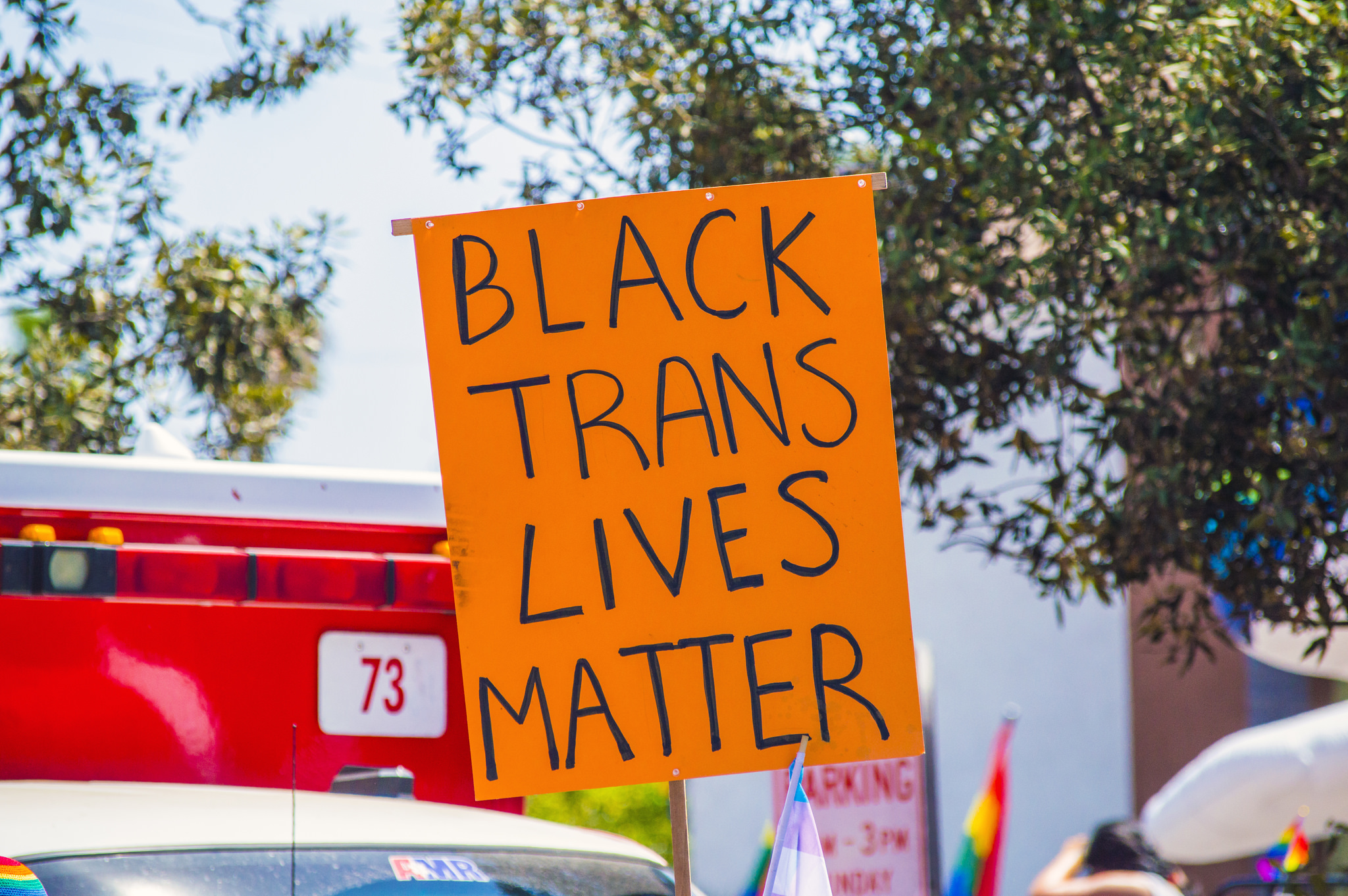Doing Black and Trans History
*This post is part of our online roundtable on C. Riley Snorton’s Black on Both Sides. The author discusses the fourth chapter: ‘A Nightmarish Silhouette: Racialization and the Long Exposure of Transition.’

C. Riley Snorton’s Black on Both Sides is a concerted “attempt to find a vocabulary for Black and trans life” (xiv) and a lengthy meditation on the question “what does it mean to have a body that has been made into a grammar for whole worlds of meaning?” (11). Part of the task of searching for a “vocabulary” and a “grammar” (this language reveals how deeply Snorton’s project extends Hortense Spillers’ work) is the assembly of the book’s archive. In many ways, it is the construction of the book’s archive that constitutes both its argument and its intervention. In its gathering of an archive that foregrounds how “transgender” as a category necessarily implicates Blackness, the monograph takes up the question of Black and trans historiography. Indeed, much of the book is a rumination on the question of doing Black and trans history, drawing inspiration from Saidiya Hartman’s now-canonical “Venus in Two Acts.” As Snorton notes, “for many, it [the manuscript] will not be understood as history at all, but, as with Fanon, the problem under review here is time” (xiv). Here, Snorton notes that the book aspires to do more than provide a “shadow history” of Blackness in transness (or vice versa), or to engage in the project of recovering “forgotten” bodies in Black and trans histories. As Snorton notes, the project “does not attempt to be exhaustive or even fully explanatory” (11); rather, like many projects in contemporary Black studies, it sits within the “interstitial space” (11) of the archive, probing both absences and presences, and drawing on varied artifacts to consider what they reveal about the histories of Blackness and transness together, about “their indefinities and irreducibilities” (5), about their temporalities and histories. In its commitment to mapping the contours of Black and trans deathworlds and sitting with the fact that “there is still life” (198), Snorton’s project is a kindred spirit with texts like Christina Sharpe’s In the Wake, Sarah Haley’s No Mercy Here, and Joshua Chambers-Letson’s After the Party.
“A Nightmarish Silhouette,” the book’s fourth chapter, begins with an epigraph from Karla F.C. Holloway, a reminder that “the shadows linger and leak . . . They instantiate things remembered past their time, promised beyond situation” (139). Here, as in the introduction, Snorton makes apparent a concern with a palimpsestic conception of history, with the “ghostly matters” that haunt the present, with a commitment to historiography that sits with “shadows,” “silhouette,” the presence of the past in this very moment. Indeed, Snorton’s chapter is animated by an investment in shadow, silhouette, and plays of light and dark, as indicative of a historiographical method of reading for “countermythologies” (144), strategies for “read[ing] the imbrications of race and gender as indexes of power’s circulation and as instantiations of the ways discourse recursively presses flesh into bodies of meaning over time” (144). Here again the book’s preoccupation with history, and particularly in renarrating the history of both transgender as a category and trans studies as a field, is made visible, with thinking in deeply historical ways about bodies, and their interaction with race and gender, even as the book consistently disavows conventional historical methods, modes of telling-time, and narrative strategies.
At first glance the fourth chapter appears to be a story about Christine Jorgensen, referred to as America’s first transsexual celebrity, whose embodiment of white womanhood norms, Snorton argues, allowed her to easily be incorporated into US rhetoric of freedom, personal triumph, and individuality. But Jorgensen is the chapter’s point of departure. Snorton instead sits with other media stories—of Lucy Hicks Anderson, Georgia Black, and Ava Betty Brown—to probe how the Black press described trans embodiment, and situated it in the context of US imperial projects, Jim Crow, and post-war America. Put differently, for Snorton, Jorgensen’s story is a window into “transnational body politics in the postwar, early Cold War period” (142) and the chapter unfolds by tracking Black trans figures in the decades before and the decades after Jorgensen’s rise to fame to explore how Jorgensen was crucial in forging US racial identity for a global audience.
My reading of the ambitious and compelling chapter left me with three inquiries. First, I am curious to hear more about how the book conceptualizes a Black trans historiography as a method. Haunting the entire manuscript is a concern with the doing of history in ethical ways that interrupt the continued tendency to think of race, gender, and sexuality separately. Second, I find myself wondering how Snorton’s project overlaps with critical intersectionality studies. Indeed, the manuscript’s call to “think more precisely about the connections within Blackness and transness in the midst of ongoing Black and trans death and against the backdrop of the rapid institutionalization of trans studies” (7) resonates with (some) intersectionality theory and its investment in thinking about structures of domination and identity categories as interlocking and overlapping. That said, the term “intersectionality” is largely absent from the text, though its critical and political mandate seems to shape the text’s theoretical project, and given Snorton’s own investment in theorizing absence, I found myself curious about what this means. Finally, I was eager to hear more about what Snorton refers to as the “rapid institutionalization of trans studies” (7), and the complex questions of visibility, legibility, and value that often swirl around institutionalization. Indeed, institutionalization often comes hand-in-hand with metrics, accounting, and forms of measurement that are, at least in part, forms of discursive and historical capture, precisely what the project seems to argue against. Where, then, does the project sit with institutionalization, and the possibilities of ethical or non-violent forms of institutional labor?
Copyright © AAIHS. May not be reprinted without permission.
